20 Revolutionary Tech Innovations from the ’60s to ’80s
These inventions changed the world.

Technology impacts every aspect of our lives. Millennials, and those older, still remember what it was like before the internet and social media took over our lives. The following innovations were not only groundbreaking for their time (imagine not having a computer mouse!) but created the foundation of technology we take entirely for granted in modern life. Here are 20 revolutionary tech innovations that changed the world.
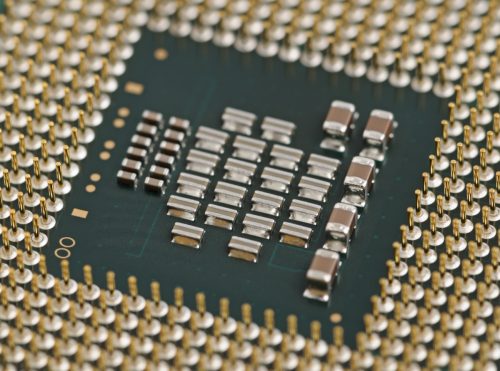
Robert Noyce (and Jack Kilby before him) invented the first monolithic integrated circuit (IC) from silicon in 1959. This revolutionized electronics as the chips could be mass produced. Engineers could suddenly design computers that could fit in your pocket.
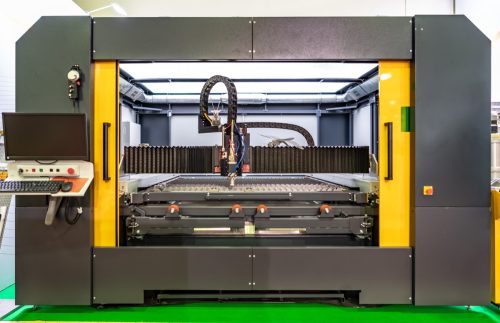
Laser changed medicine, science and technology, and is now used everywhere. The first working laser was created by Theodore Maiman on 16 May 1960 at the Hughes Research Laboratory in California.

The world’s first satellite Telstar 1 was launched on July 10 1962 by AT&T. “Soon after launch, Telstar enabled the first transatlantic television transmission, linking the United States and France,” says the National Air and Space Museum. In November 1962, Telstar’s electronics became compromised through exposure to Van Allen Belt radiation, resulting in the satellite’s deactivation in February 1963.”
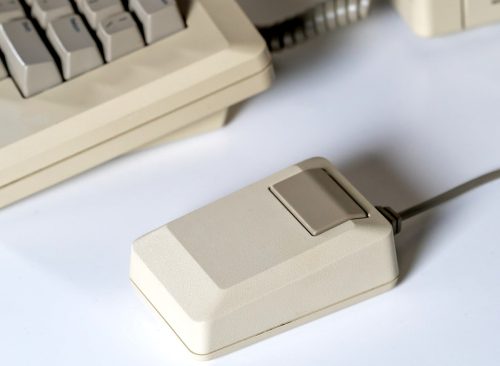
The computer mouse was invented in 1963 by Doug Engelbart. It didn’t look much like our present-day equipment, and there isn’t evidence of exactly how it got its name. “No one can remember. It just looked like a mouse with a tail, and we all called it that,” Engelbart said.
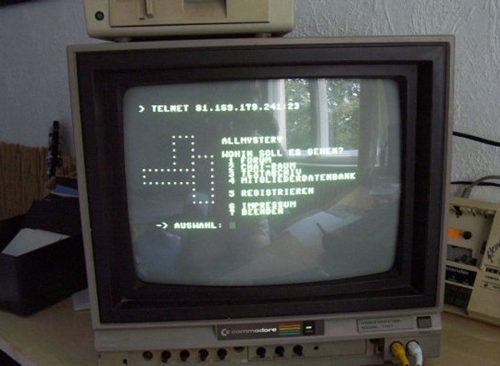
ARPANET was invented by the US Department of Defense in 1969. It was the foundation of what would eventually become the internet.
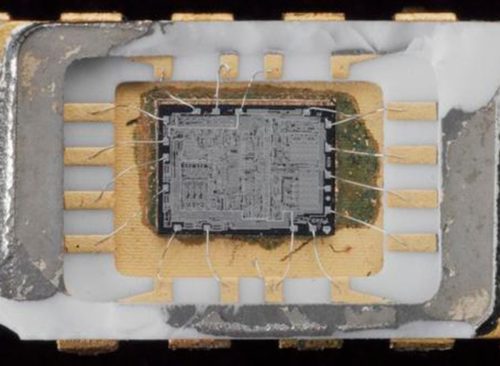
Marcian “Ted” Hoff invented the world’s first microprocessor. The Intel 4004 was released in 1971. “While developing memory products, there was a feeling within Intel’s management that it might take a while before the computer industry would accept semiconductor memory as an alternative to cores,” Huff told Stanford University. “So it was felt that we should undertake some custom work, that is, to build chips to the specifications of a particular customer.”
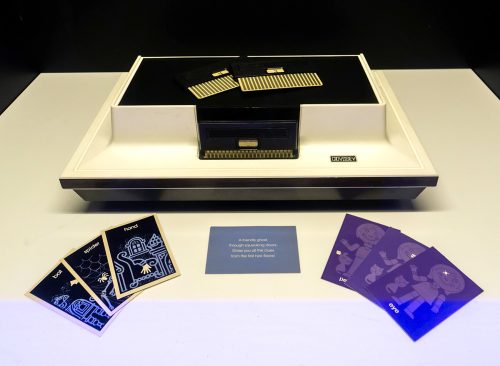
The Magnavox Odyssey was the world’s first home video game console, released in 1972. Created by German-American engineer Ralph Baer, the console was powered by batteries and didn’t save scores.
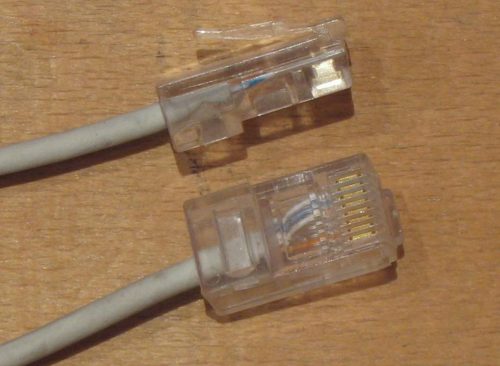
Founded by Robert Metcalfe and David Boggs in 1973, ethernet transformed networking and business. All of a sudden it was possible to send data and communicate with laser printers. Ethernet was another foundation of the modern internet.

VHS (Video Home System) was invented in 1976 by JVC. In today’s streaming world it’s hard to imagine how amazing it was to be able to record and fast forward at home. Sony tried to compete with Betamax but it wasn’t as successful.
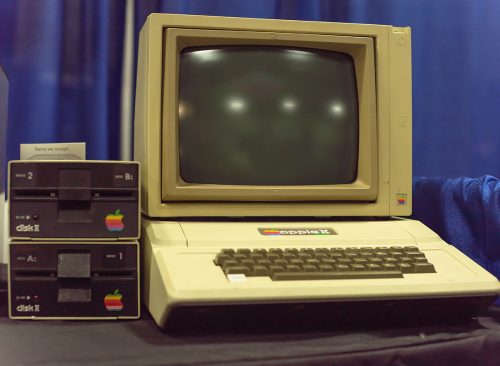
Steve Jobs introduced the Apple II in April 1977 at the first West Coast Computer Faire, and Commodore also showcased their PET. Both computers were designed for the general public. Later that year Tandy launched the TRS-80.

The compact disc was invented in 1979 and publicly released in 1982. “On the 25th anniversary of its first public release in 1982, it was estimated that 200 billion CDs had been sold worldwide,” says the BBC.
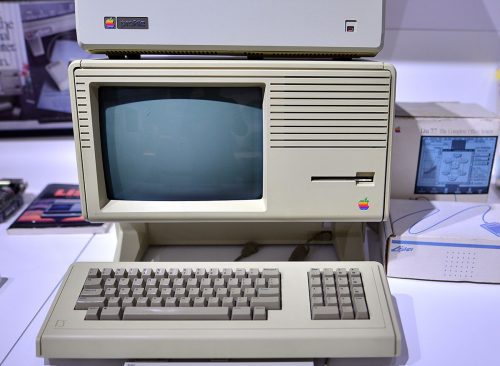
“The graphical user interface (GUI) is the now very familiar user interface that allows you to interact with computers or smartphones through graphical icons using a mouse or touch screen,” according to KASS. “Years ago you would have used a text-based user interface, and typed strange sounding commands.”
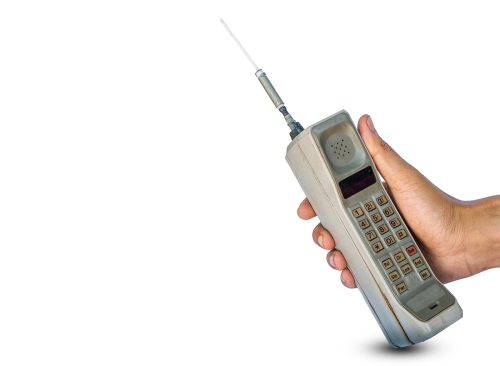
Remember those giant brick cell phones from 1980s movies? The first one available to the public was the Motorola DynaTAC 8000X in 1983, invented by engineer Martin Cooper. “I was fortunate to have a group of extraordinary designers,” Cooper told WHYY. “And these guys in 1973, even before even the idea was known to hardly anybody, came up with designs for five different kinds of phones.”

The first camcorder released for the public was Sony’s Betacam. This is the first time a camera and video recorder were combined in one unit, revolutionizing home video forever.
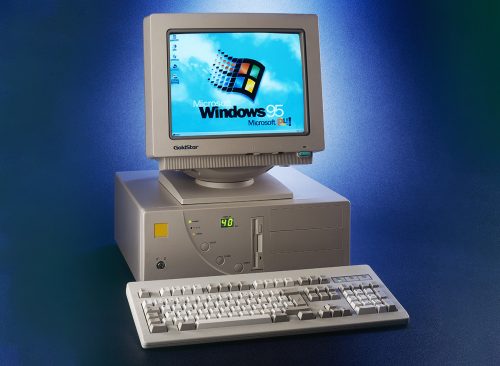
Microsoft Windows first launched in 1985. It was an extension of Microsoft’s MS-DOS operating system. Windows 95 was the first to be its own operating system.

Japanese company Denon launched the first CD-ROM with Sony in 1985. DVDs and downloading replaced CD-ROMS in the 2000s and now it’s rare for a computer to be made with a CD-ROM drive.
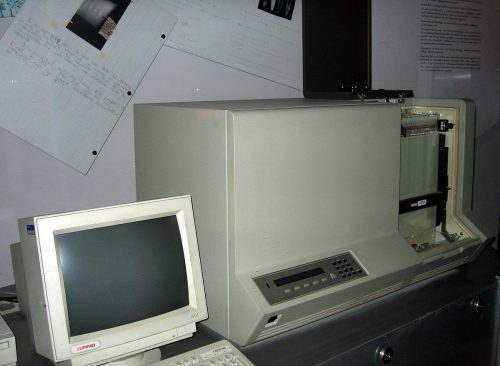
Leroy Hood and Lloyd Smith developed the first semi-automatic DNA Sequencer in 1986. Hood was a biologist at the California Institute of Technology. This revolutionized genetic research and biotechnology for scientists and researchers.

Johnson & Johnson launched the world’s first disposable mass-market contact lenses in 1987. ACUVUE® Brand Contact Lenses changed the lives of many people who were forced to wear glasses. The lenses could be worn for up to a week.
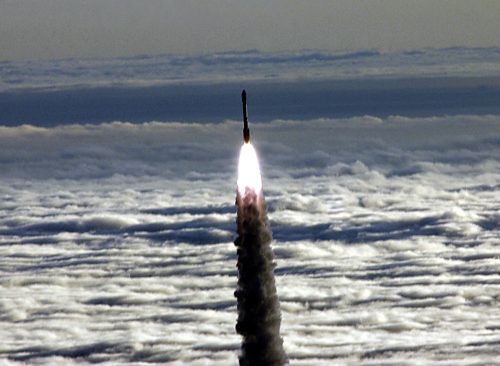
It’s hard to imagine life without the convenience of GPS technology. “The launch of Navstar II-1 on February 14, 1989 was the first GPS Block II satellite placed on orbit and the first mission of the Delta II rocket,” says Aerospace. “Aerospace helped plan and monitor launch simulations, tests, and rehearsals.”

The internet as we know it was created by British scientist Tim Berners-Lee in 1989. The World Wide Web was initially designed for scientists and universities to share information. Now, it’s accessible for anyone.














